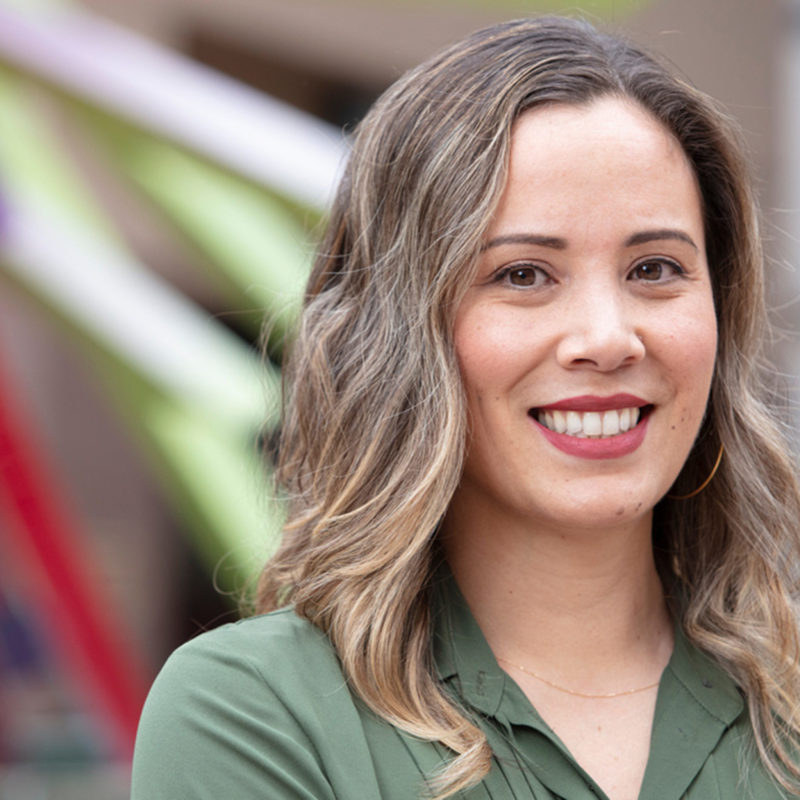Twenty-three years ago, I vividly recall watching teenagers my age running from school buildings and jumping out of broken windows in terror. I was a senior in high school when 13 people, including 12 students were killed at Columbine High School. It was shocking and unfathomable at the time.
Ten years later, we saw the images of parents collapsing in grief after the unthinkable shooting at Sandy Hook Elementary School. These were babies.
Surely something would change. What if this were your child?
Again, in 2018 we watched as kids took cell phone video of themselves hiding and barricaded in their classrooms, absolutely terrified when a shooter killed 17 teenagers at Marjory Stoneman Douglas High School.
Still, nothing.
In the past few weeks, a racist man with a gun killed 10 Black people shopping for groceries in Buffalo, New York in a hate-fueled attack. The next day, a gunman attacked a lunch banquet at a Taiwanese church in Laguna Woods. And, as the news rolled out about a shooting at a school in Uvalde, Texas, we watched with a collective knowledge of what the outcome would be. More babies killed, families shattered, communities devastated.
We have barely made it through the first half of 2022 and there have already been more than 200 mass shootings in the U.S. Moreover, gun violence persists in communities on a daily basis. The resulting trauma is incessant, communities are in pain and it is not okay.
What can we do?
Gun violence is a preventable public health epidemic that devastates communities and disproportionately harms communities of color. We know that these unthinkable — yet near-constant — mass shooting tragedies are connected to the larger problem of gun violence that plagues this country. Here are some things we can continue to do:
- Make policy changes that end easy access to guns. Guns are shockingly easy to obtain, and most guns used in crime and shootings are purchased legally. The proliferation of assault weapons and “ghost guns” must be dealt with using policy change. And we know that the narrative of “a good guy with a gun stops a bad guy with a gun” is false—the bottom line is that we need fewer guns, not more. We also must encourage additional support and funding of gun violence research programs, such as the Violence Prevention Research Program at UC Davis, which works on evidence-based research that informs decision-makers.
- Support violence-reduction programs informed by community. Organizations such as Advance Peace in Sacramento have shown proven success in their strategies focusing on the small percentage of individuals who are most likely to be violent or become victims of gun violence. Youth ALIVE! and BUILD Program are other intervention-focused organizations that educate and train young leaders and work to interrupt the cycle of street violence.
- Address the trauma experienced by people exposed to gun violence. Generational trauma and systemic oppression are mental health crises – and statistics show that cycles will repeat if not addressed. After a shooting, we must provide healing and trauma aftercare services for communities. In California, RYSE Center and the National Compadres Network are doing an amazing job with this work.
Creating a path forward
We must remain committed to taking action to end these preventable cycles of gun violence. Recently, we saw high school students staging walkouts throughout the country to protest gun violence. As a foundation, our work via the Community Well-being grantmaking portfolio will continue to support organizations focused on gun violence research, policy advocacy, innovative models addressing gun violence and efforts to ensure day-to-day violence does not go unnoticed by the media. And our grantee partners, including the Health Alliance for Violence Intervention, Giffords Law Center to Prevent Gun Violence, the National Institute for Criminal Justice Reform, Community Justice Reform Coalition, Brady Center To Prevent Gun Violence, Hope and Heal Fund, Live Free, Educational Fund to Stop Gun Violence and others, continue to lead efforts to reduce gun and community violence.
We don’t have the option to walk away if we want to see change. Onward!

